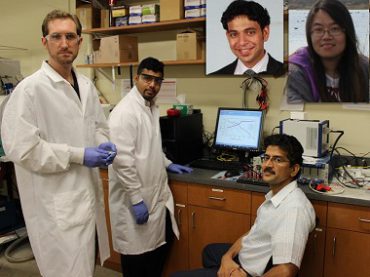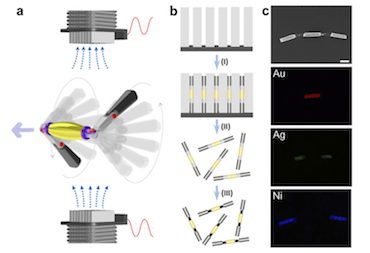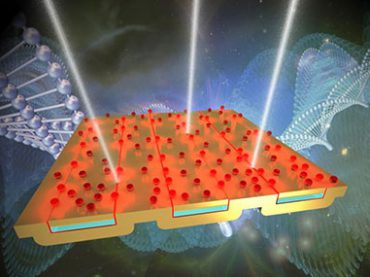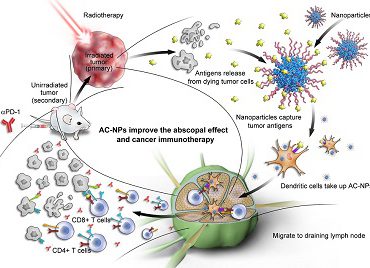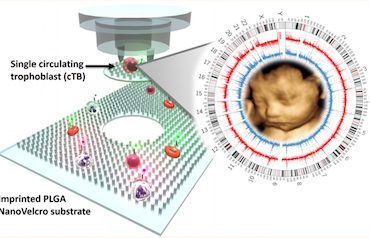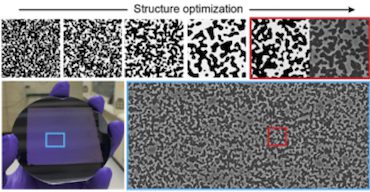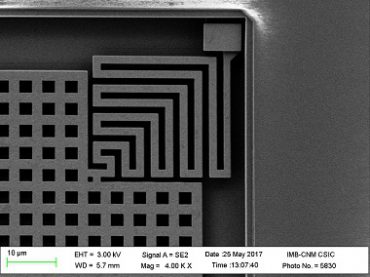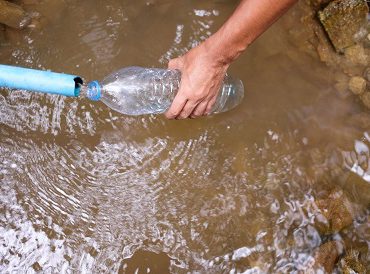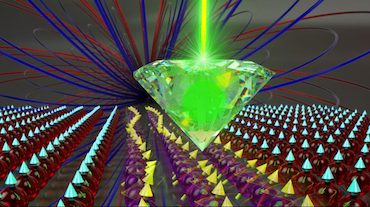EU Prohibited HYDROXYISOHEXYL 3-CYCLOHEXENE CARBOXALDEHYDE and other two ingredients in cosmetics
EU amended cosmetic ingredient standards (EC), added several prohibited ingredients and changed limited ingredient list. As a cosmetic regulation sample, EU’s regulation has long been followed by Asia Pacific, and this amendment may affect ingredient standards in Asia Pacific. On Aug, 3th 2017, EU added 3-and4-(4-Hydroxy-4-methylpentyl) cyclohex-3-ene-1-carbaldehyde (HICC), atranol, and chloroatranol these three ingredients into […]

